2022 POPULATION FORECAST REVIEW
Brisbane South,
SA4 Region Queensland
The Brisbane South region is forecast to grow from a population of 377,500 to 458,500 by 2041. It is the largest of the five regions in the City of Brisbane and having added 109,000 people in the last 20 years, it is second only to the Inner City in terms of forecast growth with over 1,000 development sites identified and a diverse mix of housing supply, including apartment growth, activity centre growth and greenfield development.
Version 4.0.0
Published 24th October 2022
Photo credit: Marc R. R. Dorda @ojdoddy on Unsplash
Menu
Insights behind our population and dwellings forecasts.
Key Findings
The population of Brisbane South in 2021 was 377,500. The population by 2041 is forecast to grow by 81,000 persons to reach a population of 458,500. This is an average annual change of 0.98%
- The number of dwellings in Brisbane South is forecast to grow from 145,000 in 2021 to 180,000 in 2041. An additional 35,000 dwellings.
- The Cross River Rail project brings new infrastructure to Woolloongabba, Boggo Road and Dutton Park. This creates the potential for higher density living and new apartment blocks due to the proximity to a transport hub.
- Apartment growth is greatest in Woolloongabba, with three significant development sites identified. These are South City Square which began works in 2017 and is due to be completed by 2023; more apartments at Stones Corner, and future potential around the new Train Station as part of the Woolloongabba PDA and City River Rail.
- Activity Centre zones are identified in Annerley, Coorparoo, Greenslopes, and Mount Gravatt SA2's. This zone enables townhouse development and higher density dwellings.
- There are two significant fringe growth areas on the southern border of the SA4. These are Pallara – Willawong to the south-west and Rochedale - Burbank to the south-east. Both areas show signs of a estates being planned and under construction.
- Calamvale – Stretton SA2 will have the largest population of any SA2 in the region with 27,000 persons. The area has remnant residential supply, which is being developed generally on a site by site basis.
- Brisbane South caters for three distinct life stages in various areas of the SA4. Salisbury – Nathan caters for students and young persons due to Griffith University. Woolloongabba has a typical inner-city young persons profile, whilst in the fringe, such as Rochedale - Burbank you see families moving into the area.
Read on below for charts, maps and tables sharing the forecast results at SA2 geography.
Geography and the role and function of place
Brisbane South SA4 is the largest SA4 of the City of Brisbane SA4s. It includes pockets of inner-city suburbs and extends down to greenfield areas as it nears Logan. There are many activity centre zones that enable townhouse development and higher density living such as Upper Mount Gravatt, Mt Gravatt which benefit from having a major shopping centre nearby and other established areas like Annerley, Coorparoo and Greenslopes. Then there are SA2s with little change at all such as Mansfield and Wishart .
The region will benefit from the Cross Rail Train Line that will see growth around the Woolloongabba train station, and activity centre growth near Dutton Park and Boggo Road. Increasing accessibility into the city via the new train line will open up housing choices for many families looking to live by public transport to the the CBD.
The role and function of a place can be revealed by exploring the age structure and migration profile an area. Brisbane South caters for three distinct life stages in various areas of the SA4. Salisbury – Nathan caters for students and young persons due to Griffith University. Woolloongabba SA2 has a typical inner-city young persons profile, whilst in the fringe, such as Rochedale - Burbank you see families moving into the area.
TOP DOWN
Brisbane South, within the Queensland context
Our forecasts reflect how the future population of a place is affected by both localised and bigger-picture factors - what we refer to as 'bottom-up' and 'top-down' influences.
Below are some relevant points from our 'top-down' forecasts (Queensland → SA4s), which were published in May 2021, and set the context for each region, or SA4, and the role it plays within the state.
This video provides a short summary of the process.
Brisbane South is forecast to grow by 81,000 persons by 2041
Australia’s population is set to grow by 5.7 million persons by 2041. Of this growth 23% is expected within Queensland, with the bulk of this growth occurring in South-East Queensland.
Of this growth, Brisbane South is expected to grow by 81,000 persons by 2041. This is considerable growth, considering in the previous 20 year period, the region grew by 109,000 persons, primarily through greenfield development.
Looking forward Brisbane South will continue to make housing available through greenfield growth and higher density living in favourable suburbs.
To hear about more of our Queensland forecast and the top-level stories watch our Queensland after Covid webinar on demand here.
BOTTOM UP
.id Small Area forecasts for Brisbane South
With a top-down view of the region, we are able to forecast population and dwelling growth down to SA2 and sub SA2 levels. These granular forecasts provide a view of growth that factors in what is happening on the ground to give you the most accurate population forecasts in Australia.
A comprehensive and balanced view of future development
Our forecasts incorporate research into local land use and future development from a range of public and proprietary sources.
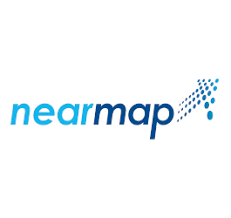
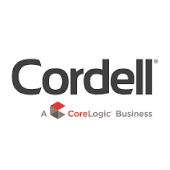
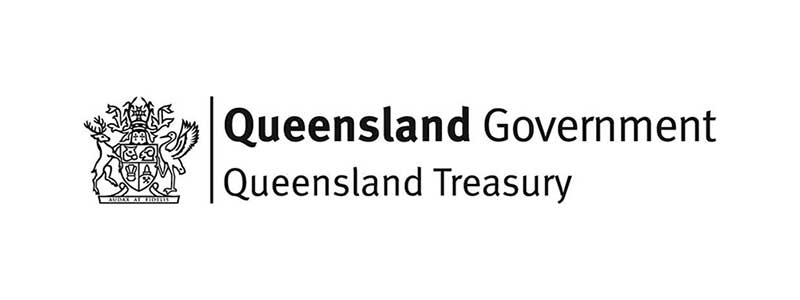



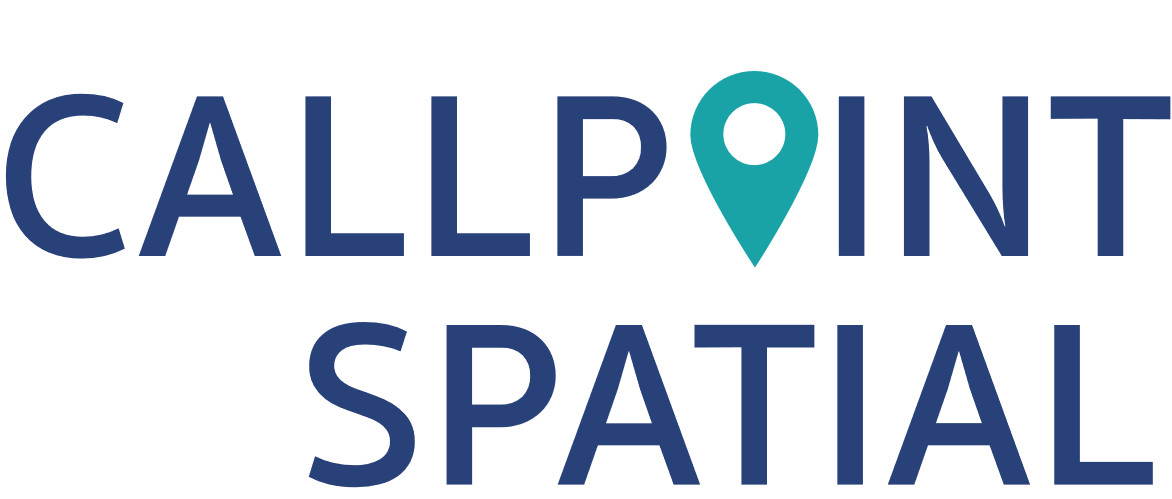
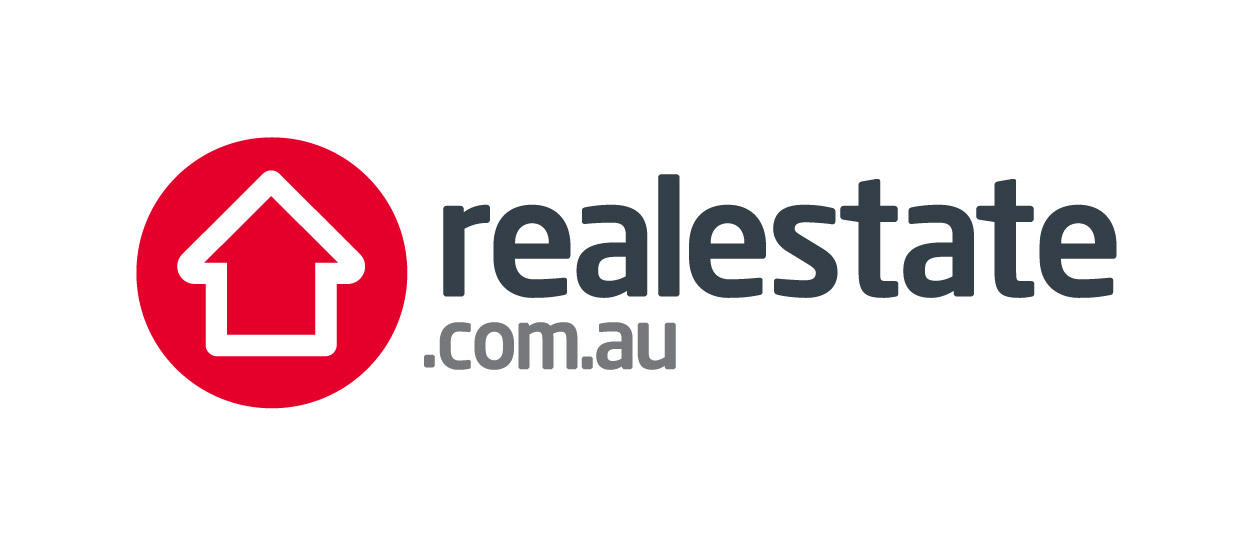
Three SA2s account for 41% of the region's growth, with a mixture of inner city apartment growth and outer suburban greenfield growth.
Below we share the change in population by SA2 for Brisbane South, as well as the share of forecast growth for the area. We also present a map of the forecast population at 5-year intervals from 2016 to 2021.
What we notice about Brisbane South is that growth is not ubiquitous across the region. Three of SA2's account for 41% of the region’s growth, with a mixture of inner city apartment growth in Woolloongabba SA2 and fringe greenfield growth in Pallara – Willawong, Rochedale – Burbank.
15 SA2's have minimal growth over the forecast period each with less than a 1% share of growth, which is less than 1,000 persons in the forecast period.
At the end of the forecast period (2041), Calamvale – Stretton will have the largest population of the SA2s in the region with 27,000 persons. The area has remnant residential supply, which is being developed generally on a site by site basis.
Development Hotspots
Over the forecast period, Brisbane South is forecast to grow from 145,000 dwellings in 2021 to 180,000 dwellings by 2041. This is an additional 35,000 dwellings.
Whilst reviewing housing supply our team identified capacity for 77,000 new dwellings, of which half is used. Should population demand increase there is available supply to bring forward.
In the previous 5 years (2016 to 21), Pallara – Willawong SA2 had the most dwelling growth with an additional 1707 dwellings, closely followed by Rochedale – Burbank SA2 (1415 dwellings) and Woolloongabba SA2 (1320 dwellings). In the forecast period (2021 to 41) these areas continue to flourish with 4,377, 4,738, and 3,532 dwellings respectively.
Areas of note
- South City Square, in the Woolloongabba, is nearing completion with approx. 1000 dwellings across multiple towers.
- The suburb of Stones Corner, in the Woolloongabba is expected to experience apartment activity.
- Yeerongpilly Green, with over 1000 dwellings is under construction.
- The Woolloongabba Priority Development Area has been reviewed as part of the cross-river rail project. There is a lot of commercial opportunity here and we are unsure how much will be residential. Therefore, we have not used this site in our forecasts. We will monitor this as more information is made available
This detail can be explored further within our Residential Development Forecasts.
Commentary and analysis from our specialist team of population forecasters.
Meet the full team →
Do you work with local government?
If you're involved in planning local government services, we have a specialist population forecasting team that helps councils advocate for the needs of their community. Learn more about forecast.id here.
Public resources for local areas
The Brisbane South SA4 is covered by the City of Brisbane, which doesn't currently subscribe to our public information tools.
Find resources for other parts of South East Queensland and Australia via our demographic resource centre.
Your questions answered
Do you have a question about our forecasts, our assumptions or about the Brisbane Inner City SA4 Region? You can submit a question to our team by emailing locationdecisions@id.com.au





